This is a guest post by professor Mauricio Gonzalez introducing his new book titled "Tracing My Mother’s Roots in Revilla (Guerrero Viejo) 1750-1850".
Tracing My Mother’s Roots in Revilla (Guerrero Viejo) 1750-1850 is book number two in a series of three volumes tracing my mother’s ancestors. It covers the period 1750 to 1850, although older genealogical references are prevalent throughout the study. Each chapter traces my mother’s ancestors from the time they arrived in Revilla to the time they moved to San Ygnacio, Texas, across the Rio Grande. Her ancestors included some of the founding families of Revilla. Other forebears consisted of what I categorized as later arrivals and latecomers.
The initial colonists reached the frontier, starting in 1750. The second and third groups moved to Revilla after 1780 and 1805, respectively. Members of the three groups were either landowners, paid-laborers, or domestic servants. Their place in society often depended on their ethnicity. The whiter an individual was considered, the higher his/her social ranking. The castas (e. g. mestizos, mulattos), who were part Spanish, were one step above Indians and Africans. This stratification had been the norm since Europeans overpowered the Mexica (Aztecs) in 1521.
Despite racial and class distinctions, the best of each group helped secure Revilla’s future until 1953 when the waters of Falcon Lake inundated the town. They did it facing high odds. The castas and converted Indians also did it facing discrimination.
My primary sources were Revilla’s church and census records. The earliest censuses (1750, 1753, and 1757) were mostly conducted as inventories. As such, they provide a wealth of information about Revilla’s pioneers. Place of origin and number of livestock are two examples. At the heart of the inventories was a fundamental question. Did the heads of households possess weapons (todas armas) and riding horses? Both were indispensable to protect the fledgling settlement from Native Americans, who themselves were resisting the invasion of their territory.
Later censuses (1780 and 1791) recorded Revilla residents at their ranches on both sides of the Rio Grande. After the founding families of Revilla received land grants in 1767, ranching exploded in the area. The activity attracted laborers and servants from nearby Hacienda Dolores and beyond. They were part of the later arrivals and some of my mother’s ancestors.
Censuses from after 1791 to 1828 were just as helpful. Starting about 1798, several of these counts divided and listed Revilla’s residents by racial designations. The categories, married families, married servant families, and single servants, were systematically attributed to the Spanish (criollos), mestizos, mulattoes, and Indians. Segregation and other discriminatory practices were part of these ancestors’ world. They had inherited this reality from their forebears and probably could not escape it.
Revilla’s residents came mainly from Nuevo León and Coahuila. Once in Revilla, many of them made Tamaulipas and Texas their home. In the end, this book is about families with roots in Northeastern Mexico and South Texas. Anyone researching their ancestors in these areas will appreciate this study. Those with ancestry elsewhere will enjoy reading a well-developed and organized genealogical survey—one they can mirror when writing their own.
Cover of the " Tracing My Mother’s Roots in Revilla (Guerrero Viejo) 1750-1850" Book
Description of Book by Amazon
Tracing My Mother’s Roots in Revilla (Guerrero Viejo) is book number two in a series of three volumes tracing my mother’s ancestors. It covers the period 1750 to 1850, although older genealogical references are prevalent throughout the study. Each chapter traces my mother’s ancestors from the time they arrived in Revilla to the time they moved to San Ygnacio, Texas, across the Rio Grande. Her ancestors included some of the founding families of Revilla. Other forebears consisted of what I categorized as later arrivals and latecomers. Revilla’s residents came mainly from Nuevo León and Coahuila. Once in Revilla, many of them made Tamaulipas and Texas their home. In the end, this book is about families with roots in Northeastern Mexico and South Texas. Anyone researching their ancestors in these areas will appreciate this study. Those with ancestry elsewhere will enjoy reading a well-developed and organized genealogical survey—one they can mirror when writing their own.My search for my mother’s ancestors in Revilla was a roller coaster ride. At times, the work felt like an adventure. At other times, it seemed tedious and overwhelming. I never thought of quitting. Instead, I persevered, excited about what the next turn was going to reveal. The wait was worth it.
"Revilla’s residents came mainly from Nuevo León and Coahuila. Once in Revilla, many of them made Tamaulipas and Texas their home".
Table of Contents
Here is the table of contents so that you can see what is included in the book.
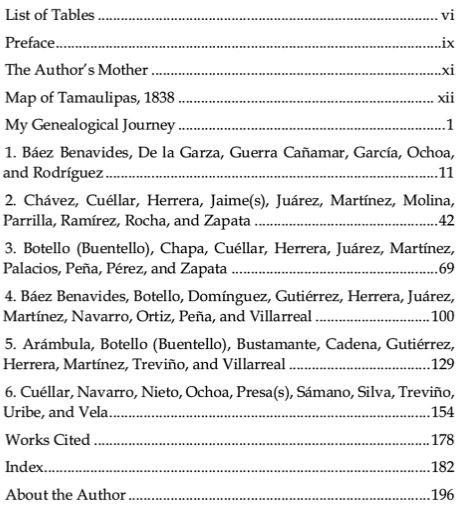
Buy Your Copy of This Book
The best place to get this book is on Amazon and if you have Amazon prime it can be at your door step in two days. Buy on Amazon
You can find Book one of this series here: Tracing My Mother's Roots in San Ygnacio, Texas: History and Genealogy




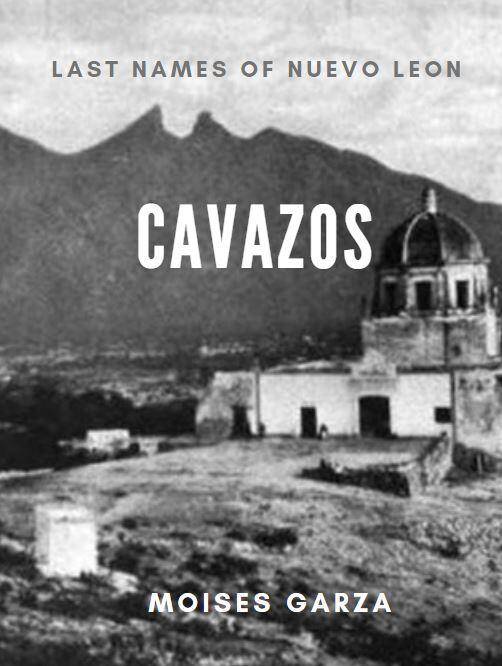
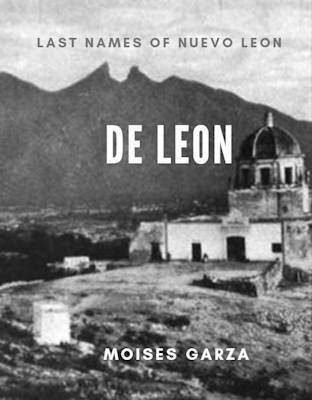
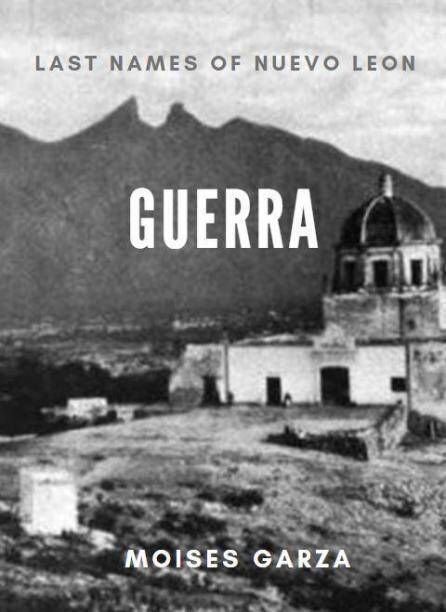
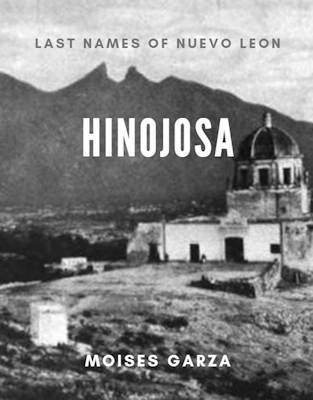
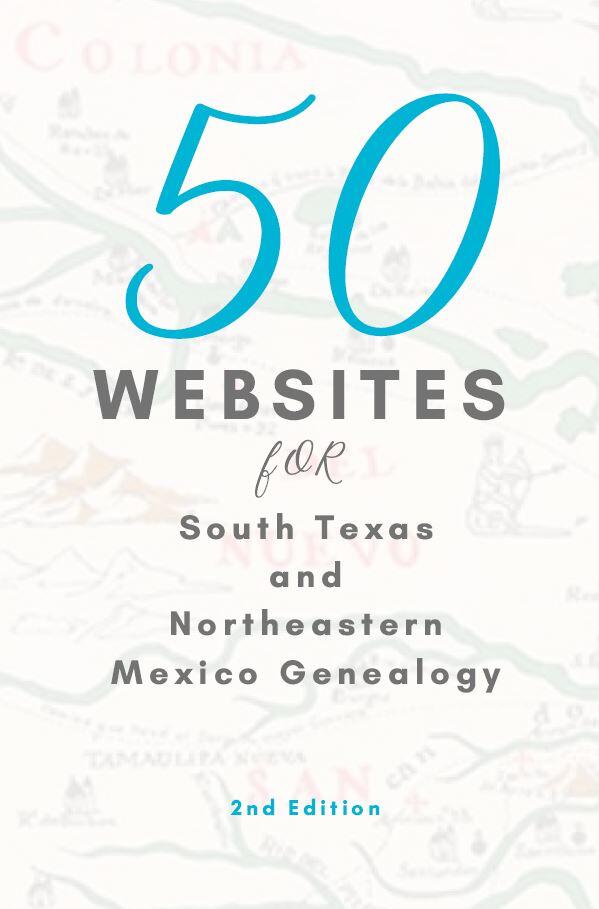
Is this book available in soft copy? I moved overseas and it would cost double the price for shipping. My roots are from Revilla, Gutierrez and Cuellar.